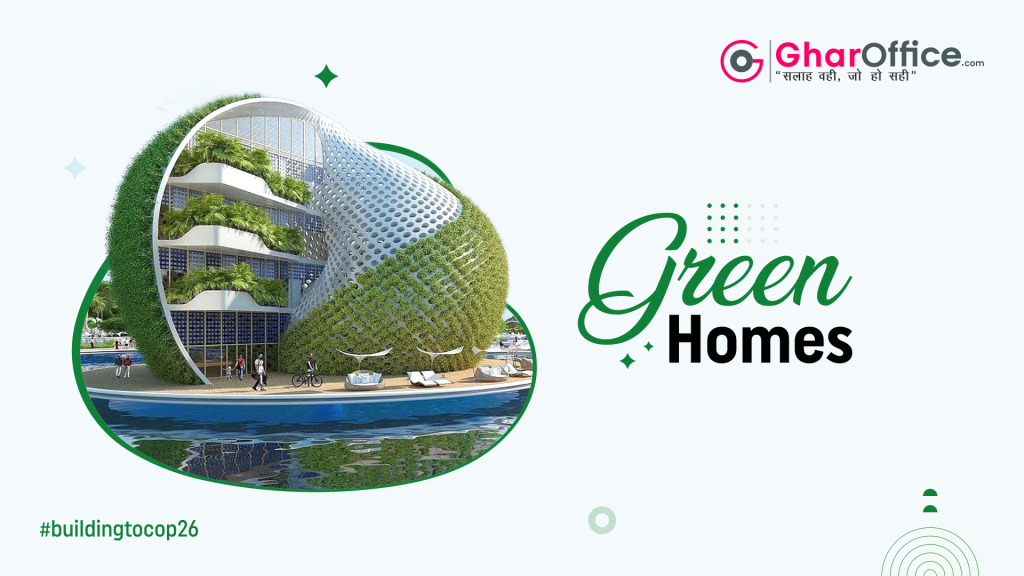Sustainable Green Home Construction: Building for the Future

Introduction: The Shift Towards Sustainable Green Home Construction
Green home construction is gaining prominence as people recognize the importance of sustainable and eco-friendly living spaces. In this article, we’ll explore the principles and benefits of green construction, emphasizing the positive impact it can have on the environment and the well-being of homeowners.
Building with Sustainable Materials
A fundamental aspect of green home construction is the use of sustainable materials. This involves choosing materials with lower environmental impact, such as recycled or reclaimed wood, bamboo, and other eco-friendly options. Building with sustainable materials ensures that the construction process minimizes resource depletion and reduces the carbon footprint associated with traditional building practices.
Energy-Efficient Design and Appliances
Green homes prioritize energy efficiency through thoughtful design and the use of energy-efficient appliances. Incorporating features such as proper insulation, high-performance windows, and energy-efficient HVAC systems helps reduce energy consumption. Additionally, the integration of solar panels and other renewable energy sources further enhances a home’s sustainability, leading to lower utility bills and reduced reliance on non-renewable energy.
Water Conservation Practices
Green construction places a strong emphasis on water conservation. Implementing water-efficient fixtures, rainwater harvesting systems, and landscaping with native, drought-resistant plants are essential components. These practices not only contribute to water conservation efforts but also help homeowners save on water bills while promoting a more sustainable use of this precious resource.
Incorporating Passive Design Principles
Passive design principles play a key role in green home construction. This involves optimizing the natural elements of sunlight, airflow, and thermal mass to create a comfortable living environment. Orienting the home to maximize natural light, incorporating cross-ventilation, and utilizing thermal mass for temperature regulation are strategies that enhance the overall energy efficiency of a green home.
Waste Reduction and Recycling in Construction
Minimizing construction waste is a vital aspect of green building practices. Green homes aim to reduce waste through careful planning, recycling materials, and adopting construction methods that generate less debris. Efficient waste management not only lessens the environmental impact but also contributes to a cleaner and healthier construction site.
Healthy Indoor Air Quality
Green home construction prioritizes the creation of healthy indoor living spaces. This involves using low-VOC (volatile organic compound) paints, finishes, and materials to ensure better air quality. Adequate ventilation systems are also incorporated to promote fresh air circulation, reducing the presence of pollutants and allergens, which is especially beneficial for the well-being of occupants.
Smart Home Technology for Sustainability
The integration of smart home technology enhances the sustainability of green homes. Smart thermostats, lighting systems, and energy monitoring devices allow homeowners to optimize energy usage and reduce waste. Automation and control systems contribute to a more efficient and eco-friendly living experience, aligning with the principles of green home construction.
Certifications for Green Building Standards
To validate the sustainability of a construction project, green home certifications and standards play a crucial role. Certifications like LEED (Leadership in Energy and Environmental Design) and ENERGY STAR provide recognition for homes that meet specific green building criteria. These certifications not only showcase a commitment to sustainability but also add value to the property.
Financial Incentives for Green Homeowners
Governments and organizations often offer financial incentives for green homeowners. These incentives may include tax credits, rebates, and grants for implementing energy-efficient and sustainable practices. Green home construction not only benefits the environment and the homeowner but also aligns with broader initiatives to promote sustainable living.
Conclusion: Shaping a Sustainable Future through Green Home Construction
In conclusion, green home construction is more than a trend; it’s a responsible approach to shaping a sustainable future. By incorporating sustainable materials, energy-efficient design, water conservation practices, and embracing smart technology, green homes offer a blueprint for environmentally conscious living. As individuals and communities recognize the long-term benefits of green construction, the shift towards sustainable living becomes a positive and impactful choice.
Explore more about Green Home Construction at jetdesignhome.my.id.









